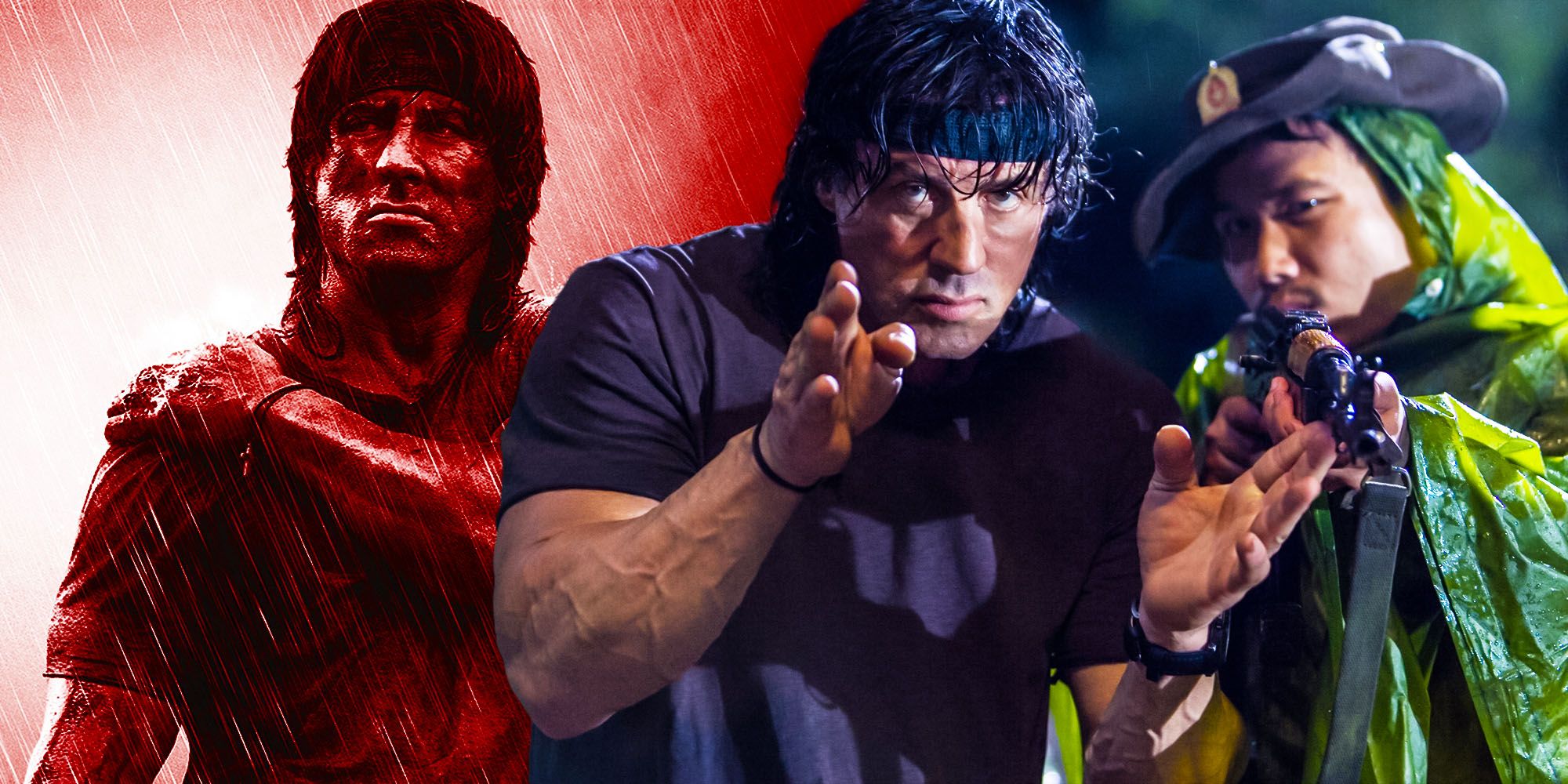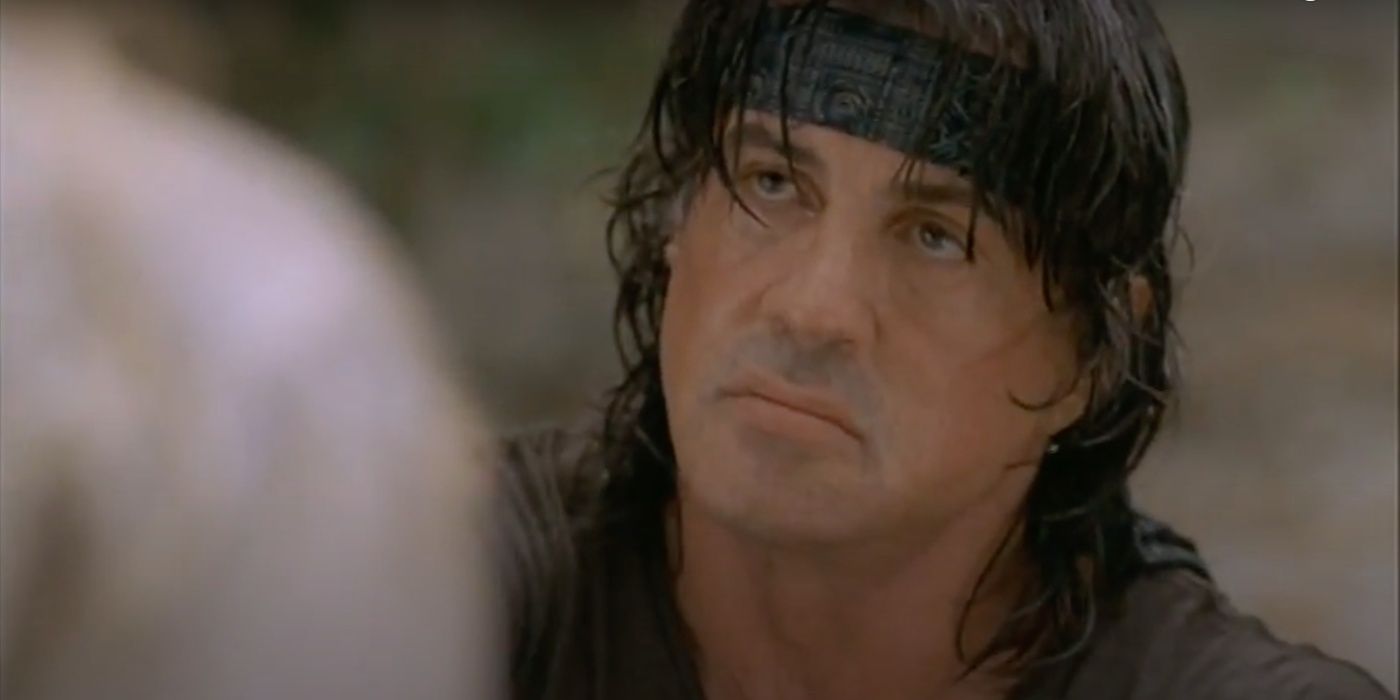Sylvester Stallone reworked his 2008 sequel Rambo quite heavily with his director's cut, but what did this edition change? While Rambo: First Blood Part 2 is one of the most iconic action movies of the 1980s, Rambo III would prove underwhelming for both critics and viewers. Despite its large budget (it was briefly the most expensive movie ever made) and scale, the sequel barely had a story and its action did little to compensate for the lack of substance. Stallone showed little interest in another sequel following the third movie's reception, though various concepts were considered in the years that followed.
Stallone originally adapted Homefront as Rambo IV, before reworking it for Jason Statham. There was also a version where Rambo crossed into Mexico to rescue a friend's daughter and learned his old enemy sheriff Will Teasle had become a human trafficker. It wasn't until 2008 that Rambo returned in the sequel of the same name. This saw him setting out to save some missionaries in Burma, and returning to his violent ways after trying to take a different path. Rambo was a big hit upon release and became infamous for its graphic violence.
Rambo took an unflinching look at the conflict in Burma, with scenes of innocent villagers being shot, stabbed or burned to death. Rambo was also notable for its lean pace, with the sequel moving at a rapid clip. However, the DVD release revealed many character development scenes were trimmed, including ones that furthered the connection between Rambo and missionary Sarah (Julie Benz). Just like he did with Rocky IV director's cut in 2021, Stallone revisited the sequel with 2010's Rambo: Extended Cut. While it's not labeled a director's cut, it restores Stallone's originally planned title John Rambo and made major changes to the movie's structure.
Instead of opening with the harrowing land mine scene, for instance, it now focuses on Rambo's life as a snake wrangler. The Rambo director's cut presents a slower, more character-focused version overall and dials back the intensity of some of the action. Rambo is also more verbal in this cut, including extended conversations with Sarah. Their argument in the rain underlines his cynicism about war and her mission, though she manages to talk him around. It's even clearer that Sylvester Stallone's Rambo is in love with Sarah, even if he knows they'll never be together. Another restoration is to the end chase, where he takes the time to bandage her wounded feet after rescuing her from the camp. In the aftermath of the climactic battle, Rambo also waves goodbye to Sarah in this version before leaving.
While a Rambo director's cut may imply an even more violent version, that isn't the case. Stallone has made several reductions in this cut, including scenes of children being murdered, Rambo shooting the downed pirate multiple times or even the famous throat rip. It also restores a scene where he uses his knife from Rambo 2 (which was almost a buddy comedy) while destroying the pirate boat, before tossing it to signify he's leaving his violent ways behind. Overall, about nine minutes of footage was added, many scenes - like the aforementioned land mine opening - were reordered and alternate lines of dialogue were used.
Stallone was very happy with Rambo's director's cut, and later stated he'd wished it had been the theatrical version. While the extended edition restored character beats and overall had a more introspective tone, some felt the relentless pacing of the theatrical edit was superior. Overall, fans of the series are best viewing both to decide for themselves.


